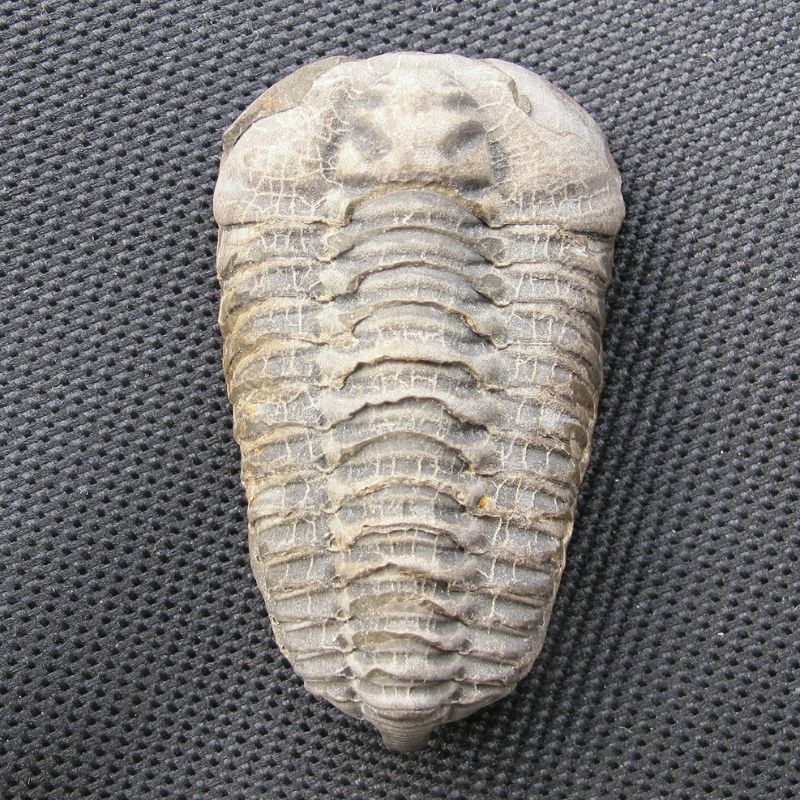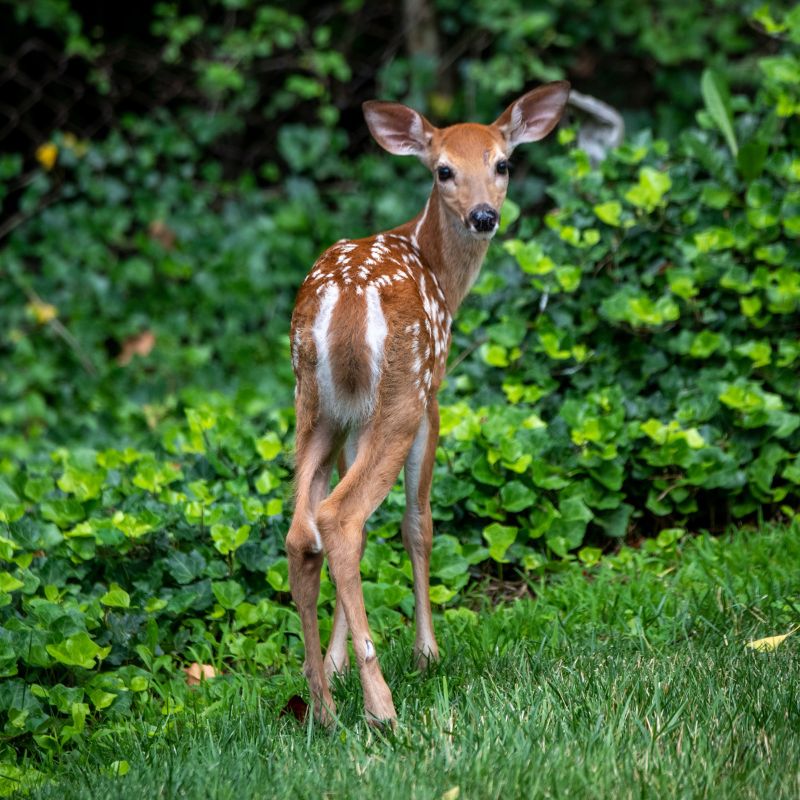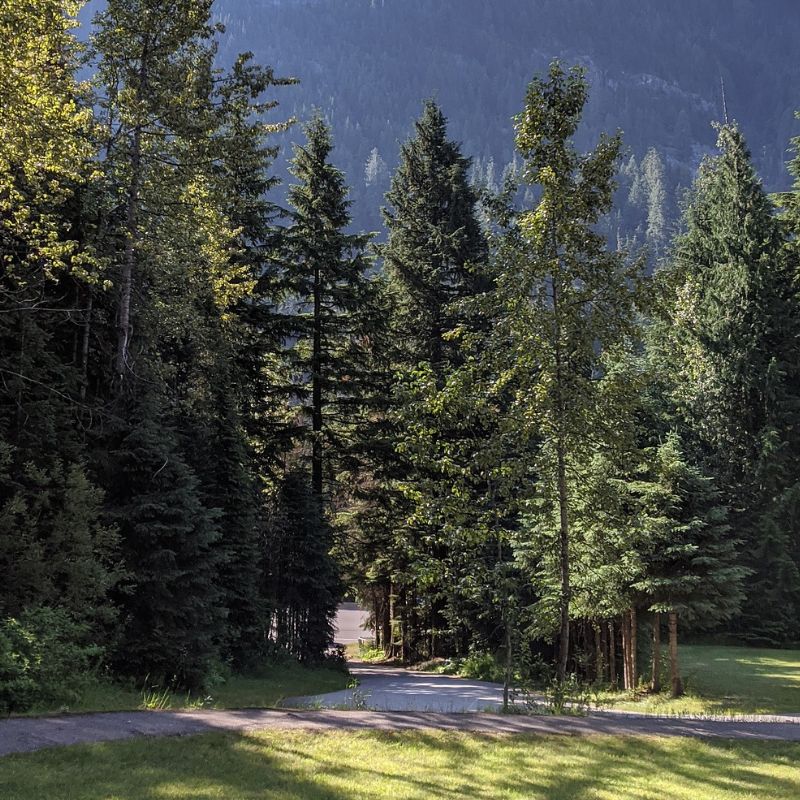Explore the Fascinating History of Pennsylvania
Take our Pennsylvania Trivia Quizzes for a Chance to Win a 6-Month Subscription to History By Mail!

The History of Pennsylvania
Journey Through Pennsylvania Trivia
Welcome to our Pennsylvania history and trivia page, presented by History By Mail. Join us as we embark on a journey through the captivating past and cultural tapestry of the Keystone State. From the indigenous civilizations of the Lenape and Susquehannock tribes to the arrival of European explorers and the modern era, we'll delve into Pennsylvania's hidden gems and challenge your knowledge with entertaining quizzes. Let's uncover the rich history and intriguing trivia of Pennsylvania together.
Pennsylvania, known as the Keystone State, is a land of historical significance and natural beauty. From the colonial heritage of Philadelphia with its iconic landmarks and revolutionary spirit to the picturesque landscapes of the Pocono Mountains and the Amish Country, Pennsylvania holds a captivating legacy. Explore the stories of the Declaration of Independence and the Constitutional Convention, the impact of the coal and steel industries, and the influential figures like Benjamin Franklin and Andrew Carnegie who shaped the state's history.
Join us as we unravel the intriguing history and trivia of Pennsylvania, delving into its role as a center of American democracy, the birthplace of the United States Marine Corps, and the home of renowned universities and cultural institutions.
Facts about Pennsylvania
State Abbreviation: PA
Capital: Harrisburg
Name Origin: Pennsylvania is a combination of Latin words that together mean “Penn’s woods.” The name was created by William Penn to honor his father.
Nickname: Keystone State
Statehood: December 12, 1787 (2nd State)
State Motto: “Virtue, liberty, and independence”

Pennsylvania's Flag
The state flag of Pennsylvania features a deep blue field with a detailed coat of arms prominently displayed in the center. The coat of arms, rich with symbols, represents the state's history, ideals, and industries. At the top is a bald eagle, symbolizing strength and freedom, holding a blue ribbon with the state motto, "Virtue, Liberty, and Independence."
Beneath the eagle are two horses, one representing agriculture and the other symbolizing commerce and industry, flanked by a stalk of wheat and a bundle of cornstalks. The shield of the coat of arms is divided into three sections: a ship for commerce, a plow for agriculture, and three golden sheaves of wheat for abundance. Above the shield, a bald eagle perched on a blue and gold wreath symbolizes loyalty and valor. Below the shield, a banner reads "Pennsylvania" in golden letters.
Pennsylvania's Great Seal
Pennsylvania's Great Seal embodies the essence of the Commonwealth's authority and identity. Adopted in 1777, it remains largely unchanged. The seal's core is a shield split into three segments. At the top, a ship signifies trade connections, while a plow in the middle represents agriculture. The base showcases three golden wheat sheaves denoting abundance. Above, a bald eagle, the national bird, rests on a blue and gold wreath, embodying strength and liberty. The eagle clutches a ribbon bearing the state motto, "Virtue, Liberty, and Independence." Two cornstalks envelop the shield, symbolizing agriculture's economic significance. The circular band framing the seal carries the inscription "Seal of the State of Pennsylvania" for authentication.

--- State Trivia #1 ---
History of Pennsylvania
Pennsylvania, a pivotal state in the history of the United States, holds a significant place in shaping the nation's identity. As one of the original 13 colonies, Pennsylvania played a crucial role in the founding of the country. The city of Philadelphia, known as the "Birthplace of America," witnessed the signing of both the Declaration of Independence in 1776 and the U.S. Constitution in 1787, laying the foundation for American democracy.
With a rich industrial heritage, Pennsylvania contributed greatly to the nation's growth and prosperity. The state's abundant coal and iron resources fueled the Industrial Revolution, propelling the development of industries and establishing Pennsylvania as an industrial powerhouse. The steel industry, in particular, thrived, and Pennsylvania became a leader in steel production.
Pennsylvania's economy has evolved over time, embracing diversification and innovation. Today, it boasts the sixth-largest GDP in the United States. The state has transitioned into a hub for healthcare, education, and tourism. Millions of visitors are drawn to Pennsylvania's historical sites, eager to explore its storied past and immerse themselves in its rich heritage.
The history of Pennsylvania is intertwined with its territorial disputes among the Dutch, Swedes, and English in the early 1600s. Eventually, England acquired the region in 1664, and in 1681, King Charles II granted Pennsylvania to William Penn, a Quaker, establishing a haven for religious freedom.
Pennsylvania's historical significance extends beyond its role in the American Revolution. Gettysburg, the site of the decisive Civil War battle, holds profound historical importance. Another iconic symbol, the Liberty Bell, resides in Philadelphia, housed in a glass pavilion across from Independence Hall.
While Pennsylvania's steel industry once dominated, the state has diversified its industries. Today, it excels in various sectors, including services, retail trade, manufacturing, chemicals, pharmaceuticals, food products, and electronic equipment. Pennsylvania remains at the forefront of innovation and economic growth.
Pennsylvania's legacy is one of resilience, progress, and contribution to the nation's development. Its historical landmarks, vibrant economy, and cultural heritage continue to shape its identity and attract visitors from around the world. Pennsylvania stands as a testament to the enduring spirit and achievements of the United States.
State Symbols
Fun Facts
- Washington Crossing State Park is where George Washington led his troops across the Delaware River and sprang a successful sneak attack during the Revolutionary War.
- The state’s many famous folks include James Buchanan, who was America’s fifteenth president (and the only U.S. president born in Pennsylvania), impressionist painter Mary Cassatt, flag maker Betsy Ross, author Louisa May Alcott, and pioneer Daniel Boone.
- Pennsylvania is known for handmade pretzels, which were originally brought by German settlers, whoopie pies, and Philly cheesesteaks.
- This state is officially a commonwealth, an old term that refers to the ""common weal"" or well-being of the public.
--- State Trivia #2 ---

Things To Do in Pennsylvania
- Explore Philadelphia: Begin your Pennsylvania adventure by immersing yourself in the rich history and vibrant culture of Philadelphia. Visit iconic landmarks such as Independence Hall and the Liberty Bell, stroll along the charming streets of Old City, and indulge in the city's renowned food scene. Don't miss the opportunity to explore world-class museums like the Philadelphia Museum of Art and the Franklin Institute.
- Discover Amish Country: Experience the unique and tranquil lifestyle of the Amish community in Lancaster County. Take a scenic drive through picturesque countryside, visit authentic Amish farms, and learn about their traditional crafts and practices. Explore charming towns like Intercourse and Bird-in-Hand, where you can shop for handmade quilts, furniture, and delicious Pennsylvania Dutch treats.
- Explore Gettysburg National Military Park: Step back in time and delve into the history of the Civil War at Gettysburg National Military Park. Take a guided tour of the battlefield, visit the Gettysburg Museum and Visitor Center, and gain insights into one of the most significant battles in American history. Don't miss the opportunity to witness the solemnity of the Soldiers' National Cemetery and the famous Gettysburg Address.
- Experience the Natural Beauty of the Pocono Mountains: Escape to the serene landscapes of the Pocono Mountains and indulge in outdoor adventures. Hike scenic trails, go whitewater rafting on the Delaware River, or relax by pristine lakes. In the winter, hit the slopes at one of the region's ski resorts or enjoy snowshoeing and cross-country skiing.
- Visit Fallingwater: Architecture enthusiasts will be captivated by Fallingwater, a masterpiece designed by renowned architect Frank Lloyd Wright. Located in Mill Run, this iconic house is built over a waterfall and seamlessly integrates with its natural surroundings. Take a guided tour to appreciate Wright's innovative design and explore the serene grounds surrounding the house.

General Map of Pennsylvania
Pennsylvania, known as the "Keystone State," is a captivating destination located in the northeastern region of the United States. Renowned for its rich history, diverse landscapes, and vibrant cities, Pennsylvania offers a wealth of experiences for visitors to discover and savor.
Famous People From Pennsylvania
--- State Trivia #3 ---
FREQUENTLY ASKED QUESTIONS (FAQ) ABOUT PENSYLVANIA
The nickname "Keystone State" reflects Pennsylvania's crucial role in the early United States. Just as a keystone is a central stone in an arch that holds all the other stones in place, Pennsylvania played a pivotal role in the formation of the nation. It was the site of the signing of the Declaration of Independence and the Constitutional Convention. The state's diverse geography, ranging from the bustling urban centers of Philadelphia and Pittsburgh to the scenic landscapes of the Pocono Mountains, further solidifies its central importance.
Pennsylvania played a vital role in the American Revolution. Philadelphia, the state's largest city, served as the nation's capital and hosted the Second Continental Congress, where the Declaration of Independence was debated and adopted in 1776. Valley Forge, located in Pennsylvania, became the winter encampment for George Washington's Continental Army in 1777-1778. This period of hardship and training ultimately bolstered the army's morale and discipline, contributing to their eventual success.
The Battle of Gettysburg, fought from July 1 to 3, 1863, was a turning point in the American Civil War. It took place in the town of Gettysburg, Pennsylvania. The Union Army, commanded by General George G. Meade, successfully defended against General Robert E. Lee's Confederate forces. This battle marked the first major defeat for Lee and led to a shift in the war's momentum in favor of the Union. It remains one of the most famous and pivotal battles in American history.
The Liberty Bell, located in Philadelphia, Pennsylvania, is an iconic symbol of American freedom. It gained fame for its inscription: "Proclaim LIBERTY Throughout all the Land unto all the Inhabitants Thereof Lev. XXV, v X." The bell was rung on various historic occasions, including the reading of the Declaration of Independence in 1776. It has since become a powerful representation of American ideals and the struggle for independence.
Related Resources
- Official Website of the Commonwealth of Pennsylvania: The official website provides information about state government services, business resources, tourism, and more. Visit: https://www.pa.gov/
- Visit PA: Discover the attractions, events, outdoor adventures, and cultural experiences Pennsylvania has to offer. Plan your trip and explore the state's diverse regions. Visit: https://www.visitpa.com/
- Pennsylvania Historical and Museum Commission: Learn about Pennsylvania's history, explore historic sites and museums, and access educational resources. Visit: https://www.phmc.pa.gov/
- Pennsylvania Department of Conservation and Natural Resources: Discover the state's parks, forests, trails, and recreational opportunities. Get information about camping, fishing, hiking, and wildlife conservation. Visit: https://www.dcnr.pa.gov/
- Pennsylvania Civil War Trails: Explore significant Civil War sites in Pennsylvania, including Gettysburg National Military Park, and learn about the state's role during this pivotal time in American history. Visit: https://www.visitpa.com/civil-war-trails
- Carnegie Museums of Pittsburgh: Discover a collection of museums in Pittsburgh, including the Carnegie Museum of Art, Carnegie Museum of Natural History, and more. Explore art, science, and cultural exhibits. Visit: https://carnegiemuseums.org/
- Pennsylvania Farm Show Complex & Expo Center: Learn about the largest indoor agricultural event in the United States and explore other exhibitions, trade shows, and events held at the complex. Visit: https://www.farmshowcomplex.com/





